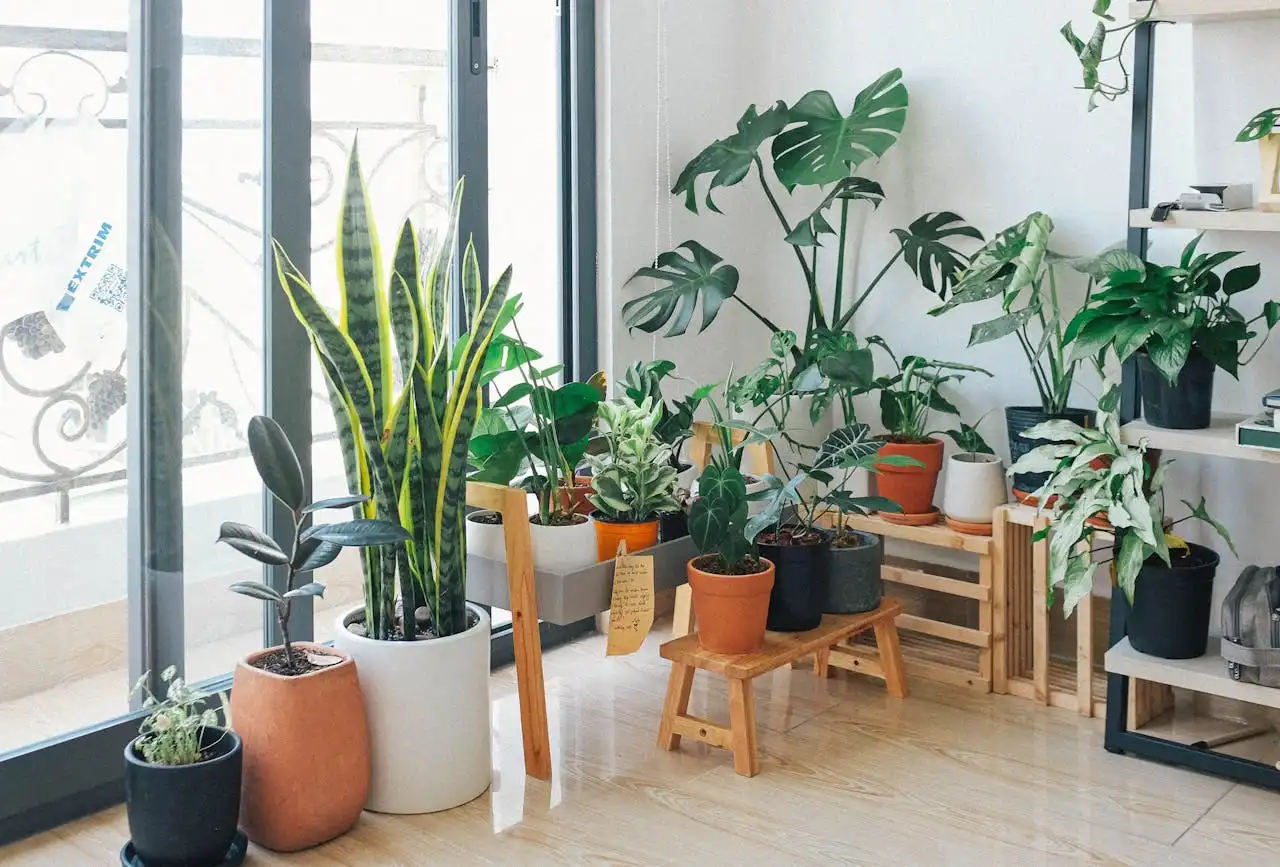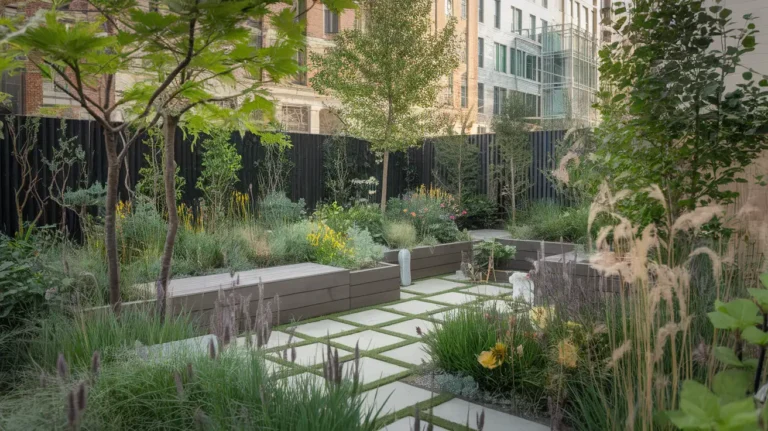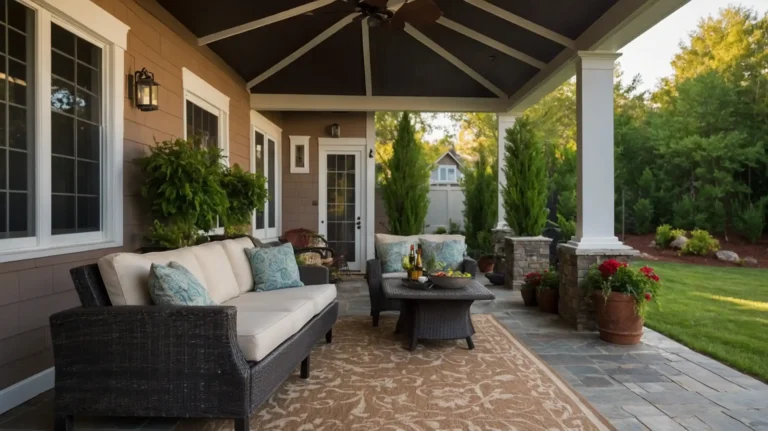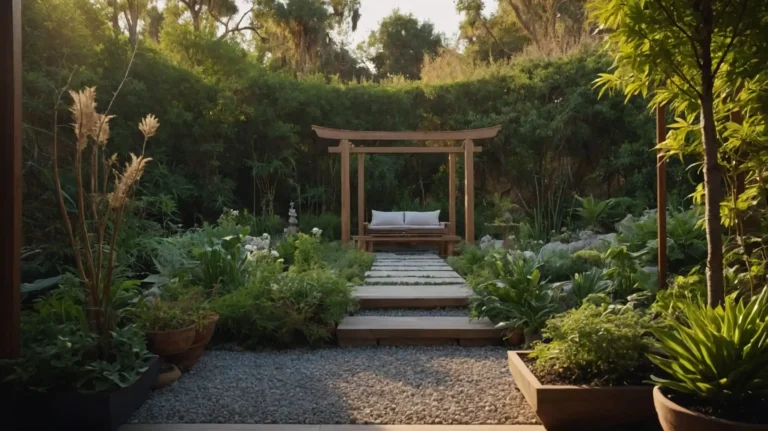7 Pollinator-Friendly Plants That Attract Bees & Butterflies
Your garden can become a buzzing paradise that supports local ecosystems while creating stunning visual displays.
These seven pollinator-friendly plants will transform your outdoor space into a haven for bees, butterflies, and other beneficial insects.
You’ll discover how easy it becomes to support declining pollinator populations while enjoying colorful blooms throughout the growing season.
1. Lavender: The Aromatic Pollinator Magnet

You’ll fall in love with lavender’s dual purpose as both a fragrant herb and a pollinator powerhouse.
This Mediterranean native produces nectar-rich purple spikes that bees absolutely adore, while its strong fragrance attracts butterflies from impressive distances.
Plant lavender in full sun with well-draining soil, and you’ll watch it thrive with minimal care.
The drought-tolerant nature makes it perfect for water-wise gardens, and you won’t need to worry about constant watering once established.
Your lavender will bloom from early summer through fall, providing consistent food sources for pollinators.
Bees particularly love lavender’s concentrated nectar, often covering entire flower spikes as they work.
You’ll notice honeybees, bumblebees, and native bee species visiting throughout the day. The tubular flowers accommodate different bee sizes perfectly.
Butterflies appreciate lavender’s landing platform design and rich nectar rewards. The strong fragrance helps guide them to your garden from neighboring areas.
You’ll spot cabbage whites, painted ladies, and various skippers regularly visiting your lavender plants.
Beyond pollinator benefits, you’ll enjoy harvesting lavender for culinary uses, essential oils, and dried flower arrangements.
The silvery foliage provides year-round garden structure, and deer typically avoid lavender completely.
2. Black-Eyed Susan: The Cheerful Native Champion
Black-eyed Susan’s bring sunny yellow blooms to your garden while serving as crucial native pollinator plants.
You’ll appreciate how these hardy perennials establish easily and spread naturally to create impressive displays that pollinators can’t resist.
These native wildflowers bloom from midsummer through early fall, providing late-season nutrition when many other flowers have finished.
You’ll notice how the composite flower structure offers both nectar and abundant pollen, making them incredibly valuable to various bee species.
Native bees particularly depend on Black-eyed Susan’s, with some species timing their life cycles around these blooms.
You’ll observe sweat bees, mining bees, and leafcutter bees working the flowers intensively.
The open flower structure accommodates both large and small bee species effectively. Butterflies use Black-eyed Susan’s as both nectar sources and host plants.
You might spot pearl crescents, silvery checkerspots, and various fritillaries visiting regularly. The flat flower heads provide perfect landing platforms for butterfly feeding.
Your Black-eyed Susan’s will self-seed readily, creating natural-looking drifts that expand your pollinator habitat each year.
They tolerate various soil conditions and handle drought once established, making them perfect for low-maintenance pollinator gardens.
3. Bee Balm: The Hummingbird and Butterfly Favorite
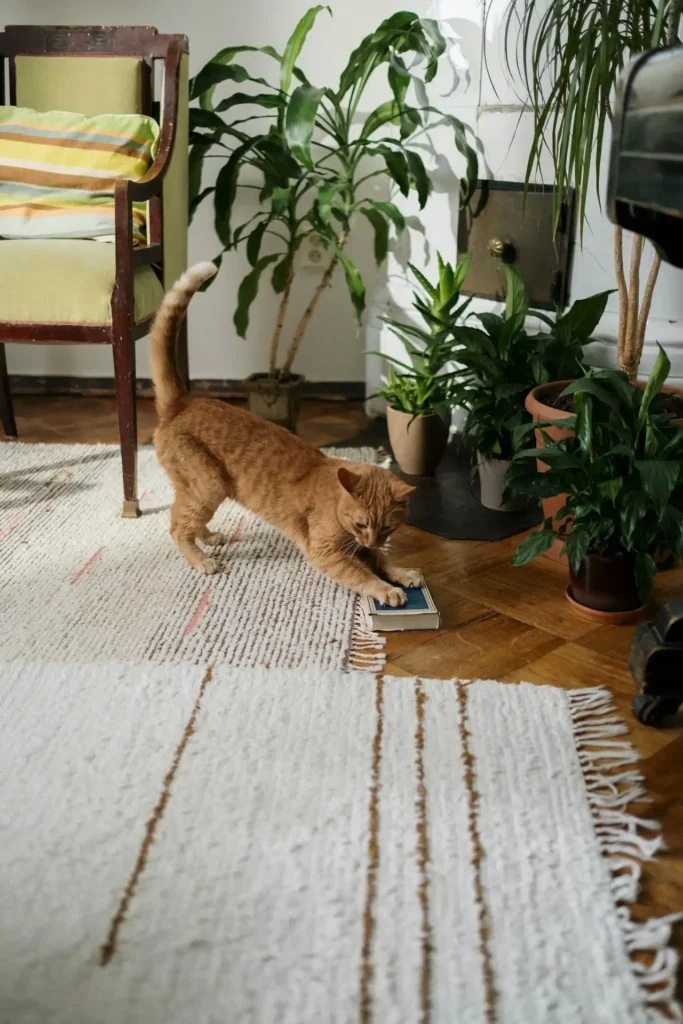
Bee balm lives up to its name by attracting incredible numbers of bees, but you’ll also discover it’s equally beloved by butterflies and hummingbirds.
The tubular red, pink, or purple flowers provide rich nectar rewards that keep pollinators returning throughout the blooming season.
Plant bee balm in partial shade to full sun, and you’ll enjoy blooms from midsummer through early fall.
The native perennial spreads through underground runners, creating larger colonies that become increasingly attractive to pollinators over time.
Bumblebees excel at accessing bee balm’s deep tubular flowers, using their long tongues to reach nectar other bees can’t access.
You’ll watch them hang upside down from flower clusters, completely focused on their nectar collection. Native long-tongued bees also specialize in these flowers.
Butterflies love bee balm’s abundant nectar and convenient flower structure. You’ll regularly spot swallowtails, fritillaries, and skippers feeding on your bee balm patches.
The clustered flower arrangement allows butterflies to feed efficiently without constantly relocating.
The aromatic foliage releases pleasant minty scents when brushed, and you can harvest leaves for herbal teas.
Bee balm’s bold flower clusters create stunning garden focal points while supporting diverse pollinator communities.
4. Purple Coneflower: The Long-Lasting Pollinator Paradise
Purple coneflowers (Echinacea) offer some of the longest-lasting blooms in your pollinator garden, providing consistent nectar and pollen from early summer through late fall.
You’ll appreciate how these sturdy native perennials handle heat, drought, and various soil conditions while maintaining their pollinator appeal.
The prominent central cone contains abundant pollen that bees access easily, while the surrounding petals provide nectar.
You’ll notice how the flower structure accommodates various pollinator sizes and feeding preferences, making coneflowers incredibly versatile pollinator plants.
Bees of all sizes work purple coneflowers intensively, from tiny sweat bees to large bumblebees.
You’ll observe them collecting both nectar and pollen, often covering themselves completely in golden pollen as they work the central cones.
Native specialists depend heavily on coneflower resources. Butterflies frequent purple coneflowers throughout their extended blooming period.
You’ll spot monarchs, painted ladies, great spangled fritillaries, and numerous skippers feeding regularly. The sturdy flower heads support even large butterflies comfortably.
Leave your coneflower seed heads standing through winter, and you’ll provide food for goldfinches and other seed-eating birds.
The dried seed heads also add winter garden interest while supporting year-round wildlife.
5. Sunflowers: The Pollinator Supermarket
Sunflowers function like pollinator supermarkets, offering massive amounts of nectar and pollen in single convenient locations.
You’ll be amazed by the diversity and numbers of pollinators that visit even a small sunflower patch throughout the growing season.
Choose both annual and perennial sunflower varieties to extend your blooming season and pollinator support.
Annual sunflowers provide massive flower heads with incredible nectar and pollen resources, while perennial varieties offer smaller but more numerous blooms over longer periods.
Bees absolutely love sunflowers, with individual flower heads supporting dozens of bees simultaneously.
You’ll watch honeybees, bumblebees, sweat bees, and leafcutter bees working different sections of the same flower head peacefully.
The abundant pollen makes sunflowers crucial for bee colony health. Butterflies appreciate sunflowers’ generous nectar supplies and stable landing platforms.
You’ll notice painted ladies, monarchs, and various skippers visiting regularly, especially during late summer when other nectar sources become scarce.
Plant different sunflower varieties with staggered bloom times, and you’ll provide continuous pollinator support from midsummer through fall.
The seeds also attract birds, extending your garden’s wildlife value beyond the blooming season.
6. Marigolds: The Colorful Pollinator Protectors
Marigolds offer dual benefits in your pollinator garden by attracting beneficial insects while deterring harmful pests.
You’ll discover how these bright annuals provide consistent nectar sources while protecting neighboring plants from destructive insects.
Choose single-flowered marigold varieties over double-flowered types, as single flowers provide better nectar and pollen access for pollinators.
You’ll find that French marigolds and signet marigolds particularly excel at attracting beneficial insects.
Small native bees and hover flies particularly appreciate marigolds’ accessible flower structure and reliable nectar supplies.
You’ll notice these beneficial insects using marigolds as base camps while hunting pest insects in surrounding garden areas.
Butterflies, especially smaller species like skippers and sulfurs, regularly visit marigold flowers for nectar.
You’ll observe them working the flowers efficiently, often visiting multiple blooms in quick succession.
Plant marigolds throughout your vegetable garden, and you’ll create pollinator corridors that support both crop pollination and pest control.
The bright flowers add cheerful color while serving important ecological functions.
7. Zinnia: The Butterfly Magnet Extraordinaire
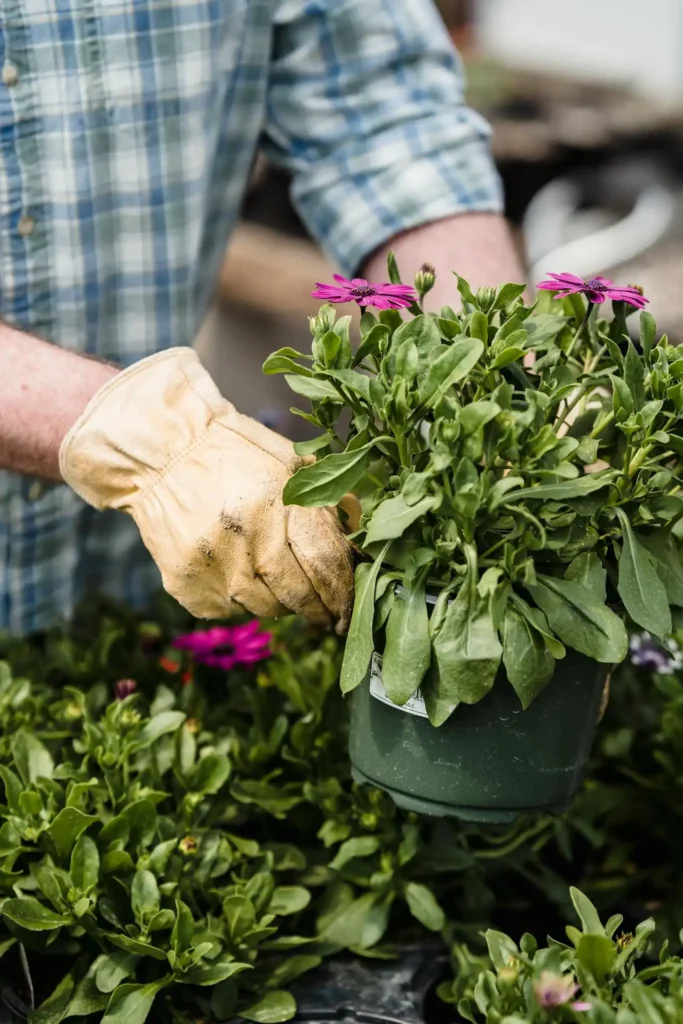
Zinnias rank among the top butterfly attractors you can grow, with their flat flower heads providing perfect landing platforms and rich nectar rewards.
You’ll create butterfly highways by planting zinnia borders and mass plantings throughout your garden.
These heat-loving annuals bloom continuously from summer through first frost, providing consistent butterfly resources when many native plants have finished blooming.
You’ll appreciate their low maintenance requirements and incredible flower production.
Choose tall zinnia varieties for maximum butterfly appeal, as butterflies prefer flowers at various heights for feeding and territorial perching.
You’ll notice monarchs, swallowtails, painted ladies, and numerous other species congregating on your zinnia displays.
Bees also appreciate zinnias, particularly native sweat bees and small carpenter bees that can navigate the flower structure effectively.
You’ll observe various bee species sharing zinnia flowers with butterflies throughout the day.
Cut zinnias regularly for indoor arrangements, and you’ll encourage even more flower production while enjoying beautiful bouquets.
The continuous cutting keeps plants blooming vigorously until frost ends the growing season.
Creating Your Pollinator Paradise
Combine several of these pollinator plants in your garden design, and you’ll create a diverse ecosystem that supports various bee and butterfly species throughout the growing season.
Plant in clusters rather than single specimens to create visual impact and concentrated pollinator resources.
Consider blooming sequences when planning your pollinator garden. You’ll maximize your garden’s pollinator value by ensuring continuous bloom succession.
Early bloomers like lavender provide spring nectar, while late bloomers like asters and sunflowers support fall migration needs.
Avoid pesticides in your pollinator garden, as these chemicals harm the beneficial insects you’re trying to attract.
You’ll find that diverse plantings naturally balance pest and beneficial insect populations without chemical intervention.
Provide water sources near your pollinator plants through shallow dishes, dripping faucets, or small ponds.
You’ll notice increased pollinator activity when fresh water stays readily available throughout the growing season.
Conclusion
Your pollinator garden will become a thriving ecosystem that supports declining bee and butterfly populations while providing endless entertainment and natural beauty for your family to enjoy.

